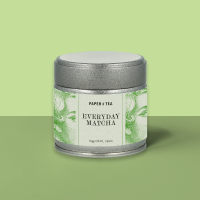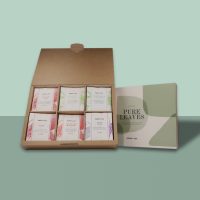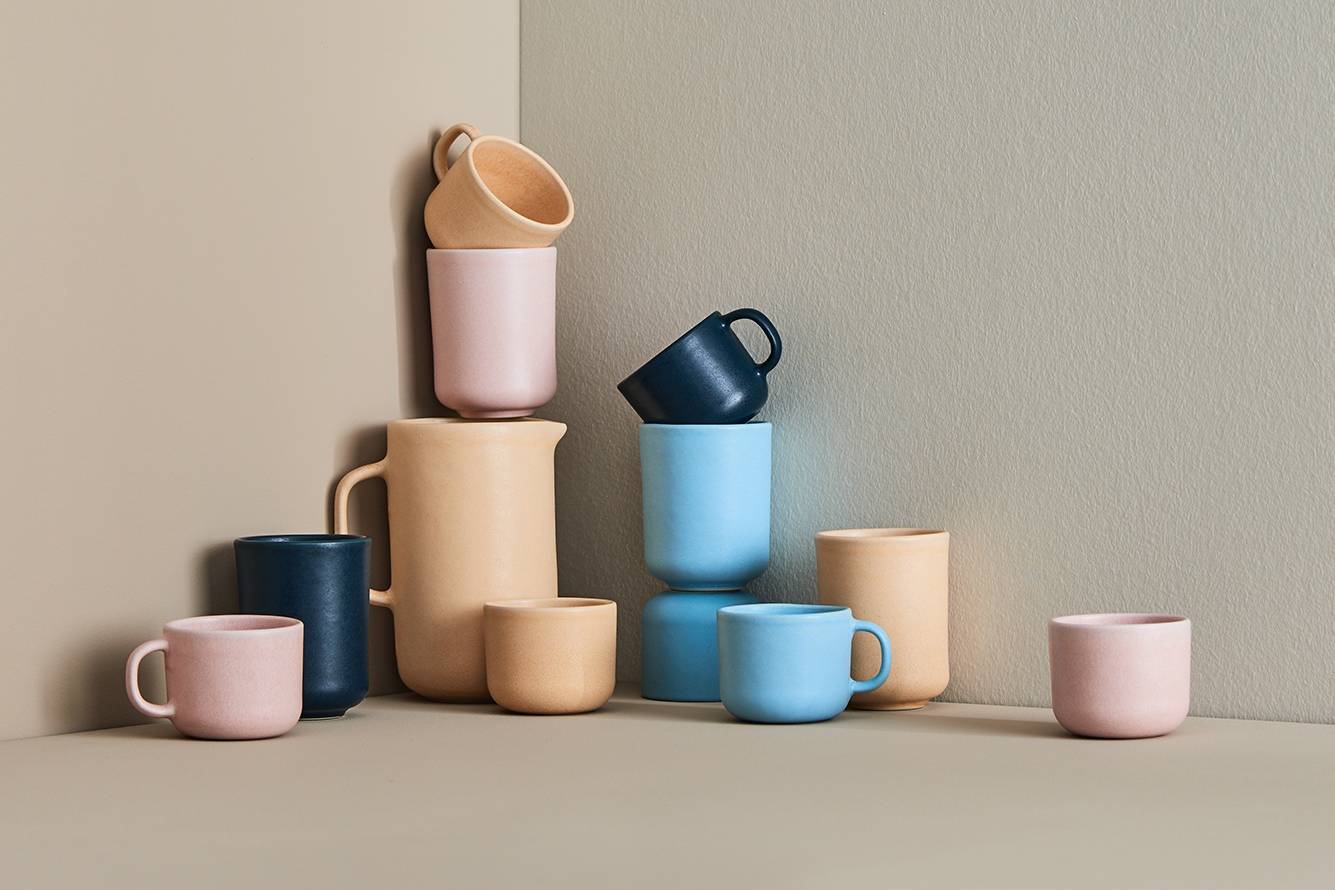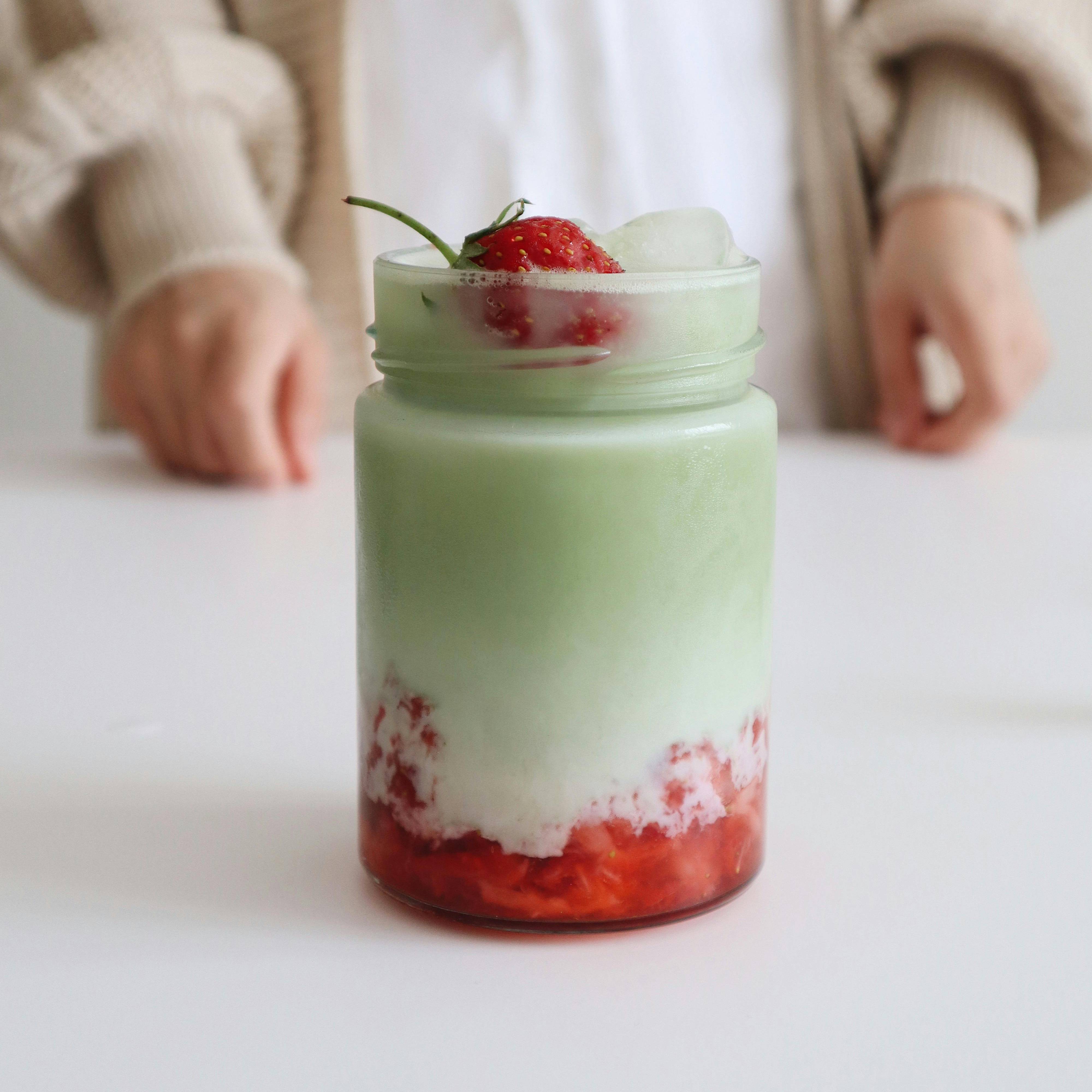The world of tea is as diverse as the people who cherish it. From the leaves of the Camellia Sinensis plant, different types of tea are created, each shaped by the rich traditions and intriguing production methods of its growing regions. Every variety of tea brings its unique character and captivating stories to your cup. At first glance, the seemingly endless variety might seem overwhelming. But fear not—in this blog post, we will explore how White Tea, Green Tea, and Black Tea differ. Discover their origins, how they are processed, and how to fully enjoy the rich flavors and aromas that these multifaceted teas offer.
Origins – Growing Regions, Countries, and Beginnings of the Three Varieties
Black Tea:
Black tea, like most tea types, traces its origins to China's Yunnan region, often referred to as the "Cradle of Tea." During the British colonial era, tea cultivation spread to India, which now ranks as the world's second-largest producer of black tea, following China. Today, significant tea-growing areas are also found in Sri Lanka, Nepal, Kenya, and South Korea. Despite its widespread global cultivation, black tea is most closely associated with India, particularly the Assam and Darjeeling regions. Assam's subtropical climate yields a very robust black tea, while Darjeeling, with its higher elevations and cooler temperatures, produces a lighter, floral tea.

White Tea:
Fujian, one of the oldest tea-growing regions in the world, is highly esteemed by tea connoisseurs around the globe for its production of high-quality tea. Located in southeastern China, this province is renowned for its exceptional white teas, which deliver unparalleled flavor. If you’re browsing for a premium white tea at a specialty tea shop, you’re likely to be recommended a variety from Fujian or at least from China. China is, without a doubt, the leader in white tea production. With millennia-long traditions, unmatched expertise, and unique climatic conditions, this region crafts a perfect blend that consistently yields the finest teas year after year.
Green Tea:
Japan has emerged as a leading pioneer in the cultivation of green tea, even though the origins of this tea variety, like many others, lie in China. The introduction of Japan's distinctive steaming method has revolutionized green tea production, establishing the country as a significant player in the green tea industry. With its temperate climate, abundant rainfall, and distinct seasons, Japan offers ideal conditions for tea cultivation. These factors enable the tea plant to flourish, yielding aromatic, high-quality leaves renowned for their vibrant green color.

Comparison:
The flavor profile of tea is dependent on the growing regions, including their weather conditions and soil characteristics. Even within a single variety, noticeable differences often arise, driven by the specific climate of the growing area.
In every country where tea is grown, it carries deep cultural significance, intertwined with traditions and stories. Many nations have rituals or ceremonies dedicated to this cherished beverage. These varied cultural influences are reflected in the methods of cultivation and production, adding to the captivating world of tea.
The Production Process – The Art of Tea Processing
Black Tea
The production of black tea starts with picking the tea leaves. For different varieties, leaves are selected based on their position on the plant—more mature leaves from lower down for Assam, or fresh, young shoots for Darjeeling. After harvesting, the leaves are spread out to wither, either outdoors or indoors, depending on the weather. The leaves are then rolled, breaking the cell walls and triggering the oxidation process characteristic of black tea. This process imparts the leaves with their dark color and bold flavors. Once fully oxidized, the leaves are dried in ovens to preserve their valuable aromas.

White Tea:
White tea is the least processed of all tea types. Only the youngest leaves and buds are selected, giving the tea its distinctively fine and delicate flavor. They are picked in the spring before they fully open, then withered and dried in the sun. This process involves only slight oxidation, preserving the subtle, natural aromas.
Green Tea:
The different methods of producing green tea are as fascinating as the flavors they create. The key step in green tea production is halting oxidation using heat. Broadly, you can distinguish between the roasting method used in China and the steaming method invented and employed in Japan. The contrast in flavor notes elicited by dry heat versus moist deep steaming is remarkable. Whether you prefer the gentle, mild green tea from China or the grassy, vibrant green tea from Japan, do you already have a favorite, or are you still exploring?

Comparison:
As you can see, the production process is essential in shaping the flavor profile of your tea. In addition to the growing conditions in the country of origin, the various production methods significantly influence the outcome. White tea is quickly dried after harvesting to maintain its delicate aromas, while green tea undergoes a short oxidation process that imparts fresh flavor. In contrast, black tea undergoes full oxidation, which gives it the darkest color and the boldest taste of the three varieties.
Taste & Aroma – A Delightful Journey for the Senses
Black Tea:
Black tea is the most popular tea variety in the West, thanks to its wide range of flavor profiles. It can be full-bodied, robust, and malty, or floral and delicate—the richness of its aromas is truly impressive.
Have you ever tasted Darjeeling? Known as the "Champagne of Teas," this variety captivates tea lovers with its light, fresh flavor and floral notes. This gentle, light-golden tea stands in stark contrast to the much bolder, amber to copper-colored Assam. Or perhaps you prefer Chinese black tea? The golden buds of Dian Hong offer sweet caramel and honey notes in your cup, creating a beautiful amber, golden brew.

White Tea:
White tea is known for its subtle and delicate flavor, often described as lightly sweet with floral notes. Its gentle character and fruity undertones make white tea a delicate and refreshing choice. Thanks to its minimal processing, it retains a very natural taste, characterized by a velvety smoothness.
Green Tea:
This esteemed variety captivates tea enthusiasts with an astonishing range of flavors, from the delicate, grassy notes of Sencha to the roasted aromas of Longjing and the rich umami of Gyokuro. But that is just the beginning! Matcha, with its vibrant green powder, offers an intense sweetness and creamy texture, enjoyed not only as a tea but also in Matcha lattes and various culinary creations. The unique freshness of green tea, combined with its exciting array of flavors, makes it a wonderfully diverse taste experience.
Comparison:
The three varieties exhibit very distinct flavor profiles. This brief comparison has highlighted that black tea is robust and malty, while green tea stands out with its vegetal, grassy aromas, and white tea captivates with its unmatched delicacy. In contrast to green and black teas, white tea is generally less astringent, giving it a mild and smooth quality on the palate.
Preparation & Enjoyment – Finding the Perfect Moment
Black Tea:
We generally recommend using fresh, filtered water to brew any tea. However, a robust Assam can also hold up well with harder water. The water temperature should nearly boil; around 90°C (194°F) is ideal for most black teas. Be sure to check the preparation guidelines for each variety regarding the amount of tea leaves and steeping time, as black tea can quickly become too strong. Do not hesitate to experiment! Trying black tea with milk and sugar is also worthwhile; many cultures enjoy it this way to give the tea a creamy, sweet character.
White Tea:
To prepare your cup of white tea, use water that is not boiling. Lower temperatures will bring out the delicate aromas and sweet notes perfectly. The steeping time varies between 2 and 4 minutes, depending on the variety. It is best to use a non-porous vessel, such as glass or porcelain, to preserve the gentle notes of your white tea.
Green Tea:
The water temperature is particularly crucial when preparing green tea. Use water that is no longer boiling but has cooled slightly. This helps preserve the delicate aromas of your green tea and prevents it from turning bitter. Ideally, the temperature should be between 70-80°C (158-176°F), depending on the variety. For the amount of tea leaves, we recommend about 4 g, roughly two teaspoons, per 250 ml of water. Feel free to experiment to find your personal preference!

Comparison:
All tea varieties have one thing in common: each requires its unique preparation method. The brewing temperature is of particular significance. For the best results, a kettle with a temperature gauge is recommended. If you do not have one, an oven thermometer can be a handy alternative. Especially your white and green teas will reward you with their wonderfully delicate flavors.
Exploring the Diversity of White, Green, and Black Tea
White, green, and black teas differ in many ways, from their cultivation regions and production methods to the unique flavors you will find in your cup. Black tea captivates with its bold, malty notes, green tea offers a fresh, grassy, and vegetal taste, perfect for invigorating your day, while white tea enchants with its subtle delicacy.
These distinctive characteristics are shaped by their regions of origin and processing methods, often based on ancient traditions. Precision in water temperature and steeping time is key to unlocking the full potential of each variety. The world of tea is a fascinating journey, with countless flavors, aromas, and stories awaiting your discovery. Have you already found your favorite, or are you still exploring the possibilities?
























